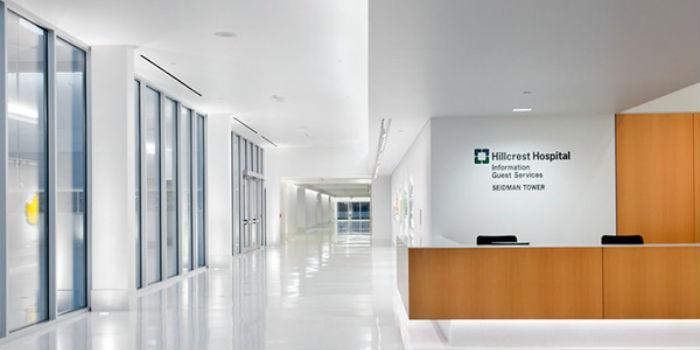 Colombia. Facilities dedicated to providing health services are among the most energy-intensive environments. They operate 24 hours a day, seven days a week, 365 days a year. Therefore, they must follow strict regulations, in addition to being kept in good condition for patient safety and compliance with regulations.
Colombia. Facilities dedicated to providing health services are among the most energy-intensive environments. They operate 24 hours a day, seven days a week, 365 days a year. Therefore, they must follow strict regulations, in addition to being kept in good condition for patient safety and compliance with regulations.
Improving the efficiency and productivity of hospitals is a must. Increasing the pace at which health centers implement new technologies will help them achieve these goals.
Schneider Electric, a global specialist in energy management and automation, found a number of factors that will help improve sensitive issues in the hospital environment. For example, facility managers need immediate access to infrastructure information to ensure the comfort and safety of patients, staff, and visitors.
Hospital building systems are much more complex than other types of facilities, with much more mobile assets. Often maintenance personnel do not have the information of a system inconsistency or malfunction until someone outside their role reports it. This could delay the response time.
Many facilities managers are aware of the energy waste that occurs every day in rooms and operating rooms, so they are looking for solutions that allow them to optimize their operation within their extensive campuses, since there are not enough hours in the day or staff to ensure, for example, that the lights are turned off in already unoccupied rooms or that the temperatures are adequate.
So how can managers address these challenges? The answer lies in the data and information right in front of them.
An alternative is the building management system (BMS), which provides enormous value by aggregating what is typically disparate data to uncover inefficiencies and alert staff to equipment and facility issues. However, the BMS typically lacks insight into a critical component of the healthcare environment: its ever-evolving patient population.
Admission, Discharge and Transfer (ADT) systems play a fundamental role there, which are responsible for the comings and goings of patient information and can be used by staff to offer new opportunities for energy savings, work productivity and patient satisfaction.
At that moment the information begins to be integrated to meet the objective. Today's technology allows managers to leverage critical room occupancy data, which until now had not been fully exploited. The key is to share information through a Health Level 7 (HL7) interface that ensures compliance with international health security and patient privacy standards.
Using HL7, facility collaborators can create interoperability between a hospital's BMS and its clinical planning, cleaning and ADT systems. For example, a clinical environment optimization solution can share the occupancy status of patient rooms and operating rooms with the BMS, which then sets rooms to predetermined points for HVAC and lighting during vacancy to achieve energy savings during off-peak times. The BMS puts the room back into operation when it receives a notification that the patient will return or when a room has been assigned to maintain the optimal environment for the patient's healing.
Schneider Electric indicates that putting this level of integration leads to a number of benefits including:
- • Energy saving: Facility managers can reduce energy use in empty rooms for long periods of time and make more informed decisions about how to manage room conditions.
- • Improved staff productivity: Maintenance and cleaning partners gain productivity by knowing when they can conveniently schedule work in rooms when they are free.
- • Increased satisfaction: Patients have the ability to specify their preferred ambient temperature during the admission process or control it via a mobile app.
A change can have a big impact on the amount of energy a facility consumes and have direct benefits on the operating budget. In fact, just 20 percent energy savings can save up to nearly two million dollars a year for a 250-bed hospital. Those savings can be reinvested in a variety of ways, such as new clinical services.
More than half (54 percent) of healthcare executives rank patient experience and satisfaction into three priorities. For healthcare providers, there is greater value in delivering a high-quality, positive and engaging experience. For example, a hospital with annual revenues of $120 million can improve satisfaction and perform an estimated $2.2 million to $5.4 million in additional revenue per year.


























Leave your comment